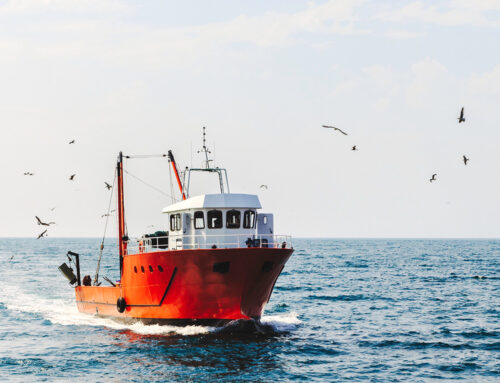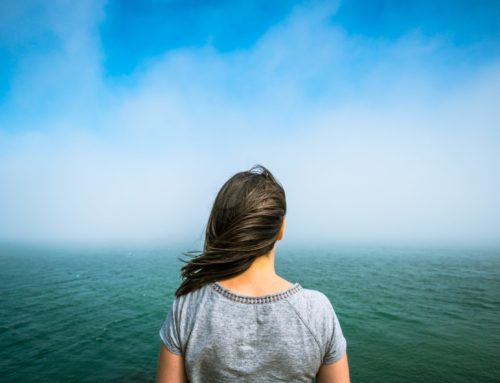SATA is an industrial body formally recognized under the Marine Living Resources Act. SATA plays a pivotal role in supporting DAFF (Department of Agriculture, Forestry and Fisheries) both locally and internationally with a variety of management methodologies geared towards ensuring the sustainable exploitation of tuna stocks.
Apart from this, they also promote sound resource management programs, taking into account the scientific evidence of various user groups on the South African resource, economy and environment. As a recognized industrial body, they promote the conservation of tuna resources with the objective of long-term optimal utilisation.
Fish4Africa is a member of SATA, being given the right to fish for tuna with a pole and line – a more sustainable fishing method. More recently, SATA became a member of the International Pole and Line Foundation (IPLNF). The IPLNF is a non-profit organisation that works to demonstrate and enhance the value of traditional one-by-one tuna fisheries for the coastal communities that are reliant upon them.
Due to the extremely selective nature of the fishing methods deployed in one-by-one fisheries, including pole-and-line, handline and troll, this fishing practice is widely regarded as the most environmentally responsible method of harvesting tuna. As many traditional fisheries are located in nations regarded as less developed countries, they provide a crucial source of local employment for large communities.
Oftentimes, these fishers find it difficult to compete, let alone be heard, in an industry dominated by large-scale industrial fishing. IPLNF’s role is to promote the environmental and social benefits derived from one-by-one fisheries around the world. They also help to develop and support these fisheries by improving their long-term viability and sustainability.
IPLNF continually work with fishers, government, industry and other NGO’s on standards that ensure vessels maintain a culture of integrity alongside decent working conditions and SATA is now a part of this mandate.
“IPLNF has done extensive work internationally within tuna pole fisheries around the globe, and we are confident that our newfound partnership will do much in assisting us with the many challenges we are currently faced with in the South African tuna pole and line fishery”, says Clyde Bodenham, Chairman of SATA.
As seismic activities and other offshore marine mining explorations seem to be gaining momentum, SATA have also recently joined forces with the Centre for Environmental Rights in South Africa who are advocates of the Safeguard our Seabed Coalition. The coalition, which includes organizations such as WWF and Birdlife SA have made significant strides in making the public aware of the dangers of bulk marine sediment mining, among others.
WHAT IS ONE-BY-ONE TUNA FISHING?
As the name suggests, one-by-one fishing is about using one hook and one line to catch tuna, one at a time. This includes techniques such as pole-and-line, handline and troll.
WHY ONE-BY-ONE TUNA FISHING?
- Environmentally sustainable
Yield virtually zero bycatch leaving sharks, turtles, marine mammals and seabirds unharmed.
- Socially responsible
One-by-one tuna catching methods employ more people per tonne of fish caught than large-scale industrial operations.
- No habitat damage
One-by-one fishing gear does not “soak” in the marine environment meaning no habitat destruction and no risk of ghost fishing.
- Culturally important
Tuna fishing is a way of life for many and is embedded in local customs and cultures.
- Low intensity
One-by-one fisheries only have the capacity to catch a portion of a tuna school; limiting fishing pressure and supporting healthier stocks.
- Local ownership
Typically one-by-one fisheries operate in coastal waters and are locally owned. Local resources support local businesses, instead of sending those economic benefits offshore.








